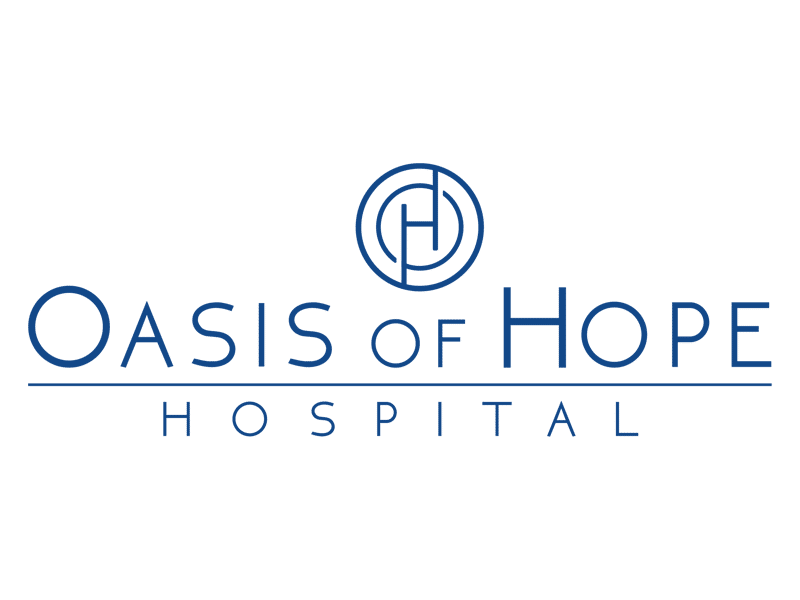There is a key difference between normal cells and tumor cells. Normal cells are programmed to grow rapidly in their juvenile state, but their programming changes as they mature, eventually dictating some function for the cells to serve within the body.
Tumor cells never mature. Their programming freezes in the juvenile state, and they continue to reproduce at an alarming rate, sending trophoblasts through the body’s circulatory system in order to spread to other areas. So how do pancreatic enzymes address this problem?
Enzymes are essential biochemical units that play a necessary role in virtually all the functions of every organ system in the body. They are virtually all the functions of every organ system in the body. They are catalysts, substances that accelerate and precipitate the biochemical reactions that control the basic processes of life in each living organism. Each enzyme has a specific role in the body that no other enzyme can fill. To put it bluntly, life as we know it could not exist without enzymes.
Digestive enzymes are secreted along the gastrointestinal tract and break down foods, enabling the nutrients to be absorbed into the bloodstream for use in various bodily functions. Proteases (proteolytic enzymes), one of the three main categories of digestive enzymes, are found in the stomach juices, pancreatic juices, and intestinal juices. Proteolytic enzymes help to digest proteins.
Plant extracts with a high content of proteolytic enzymes have been used for years in traditional medicine. Besides proteolytic enzymes from plants, such as papain and bromelain obtained from papayas and pineapples respectively, “modern” enzyme therapy also includes proteolytic pancreatic enzymes, such as chymotrypsin, trypsin, pepsin, and absorption of proteins contained in food. In addition to aiding digestion, proteolytic enzymes have analgesic, anti-inflammatory, antithrombotic, fibrinolytic, immune-modulating, and edema-reducing properties.
Results from recent research studies show that proteolytic enzymes can produce great benefits in cancer therapy by improving the patient’s quality of life, reducing both the signs and symptoms of the disease and the adverse effects caused by radiotherapy and chemotherapy, and prolonging his or her survival time.12


